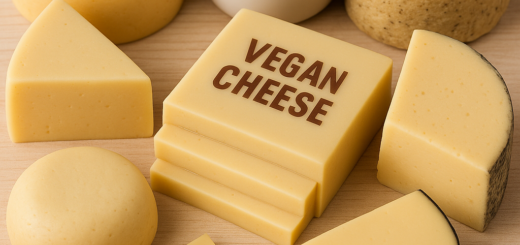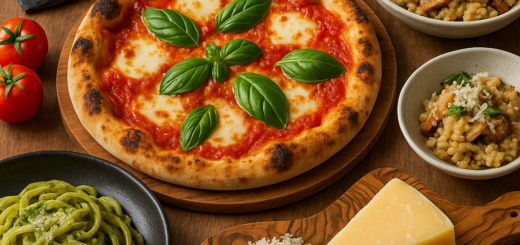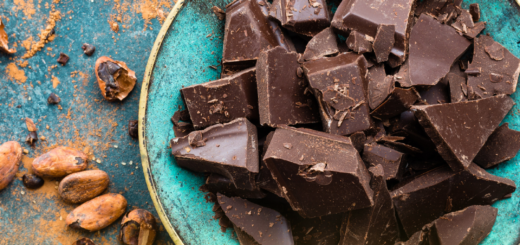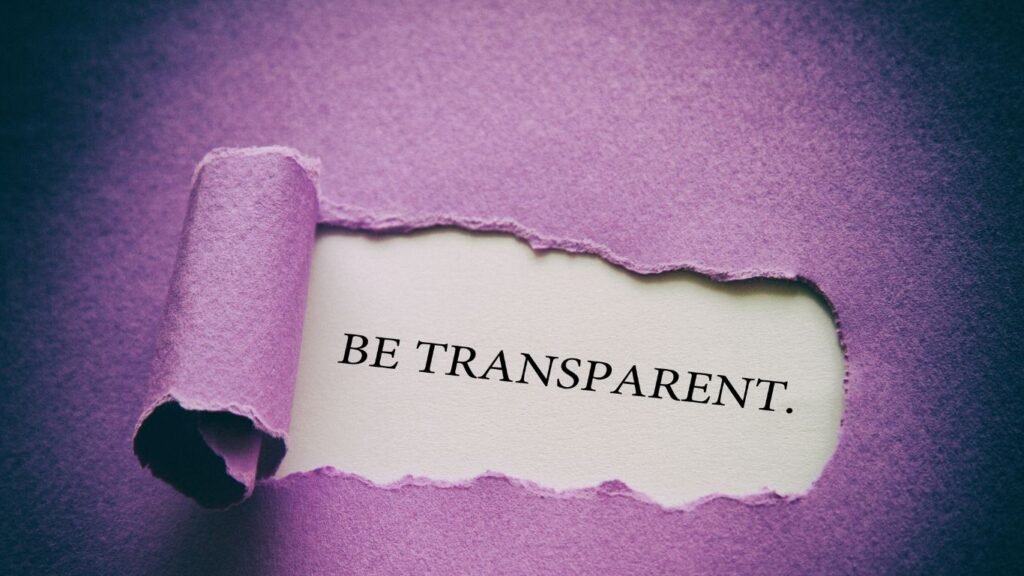Top 10 Traditional Diwali Dishes from All Over India
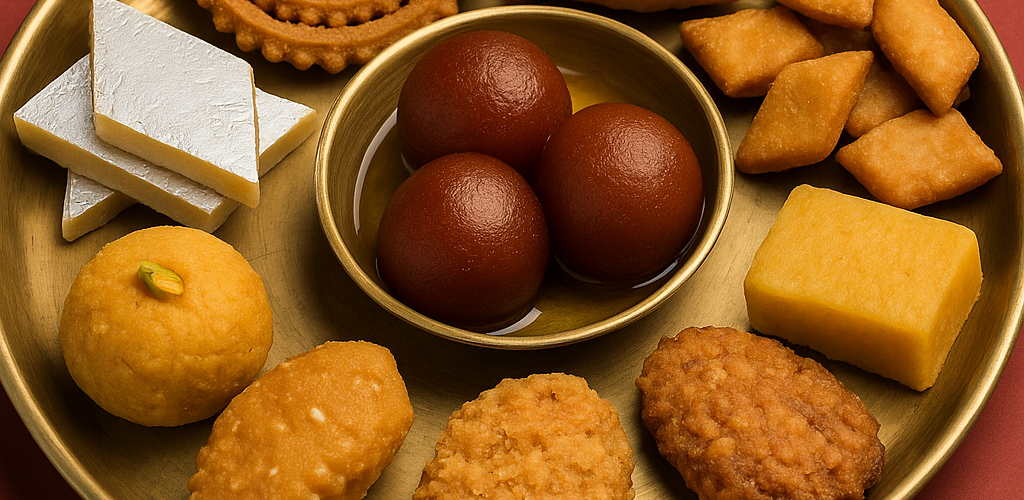
When the crisp air of autumn sweeps through the streets of India, homes light up with diyas, families gather, and kitchens overflow with irresistible aromas. Diwali — the Festival of Lights — doesn’t just illuminate homes; it awakens taste buds and memories alike. Every region celebrates it differently, yet every Indian household shares one common joy — food. From rich sweets drenched in ghee to spicy snacks crackling in oil, Diwali becomes a feast of heritage, love, and indulgence.
Let’s take a delicious journey across India and savor the top 10 traditional Diwali dishes that define the festival’s culinary heart.
1. Gulab Jamun – The Golden Essence of North India
No Diwali feast feels complete without a plate of soft, syrup-soaked gulab jamuns glistening like tiny brown jewels. In every North Indian home, someone always says, “Bas ek aur,” before reaching for a second one.
Cooks knead khoya (dried milk solids) with a touch of flour, roll it into smooth balls, and fry them till they turn deep golden. They soak these little beauties in warm sugar syrup scented with rose water, cardamom, and sometimes saffron.
During Diwali, gulab jamuns symbolize sweetness in relationships. Grandmothers insist on frying them in pure ghee, and that aroma alone can make anyone’s mouth water. You’ll find variations everywhere — stuffed gulab jamuns in Delhi, paneer versions in Punjab, and even dry jamun laddus in Uttar Pradesh. But no matter how you make them, the feeling remains the same: warm, rich, and joyful.
2. Kaju Katli – The Diamond of Festivals
When guests visit during Diwali, most families bring out their prized box of kaju katli. Thin, diamond-shaped cashew fudge coated with edible silver leaf sparkles like tiny mirrors on a festive platter.
To prepare it, cooks grind cashews into a fine paste, mix it with sugar syrup, and cook the mixture till it thickens just enough to form a smooth dough. Once it sets, they cut it into perfect diamond shapes. Simple ingredients, but exquisite flavor.
Kaju katli represents elegance — it’s not overly sweet, it melts instantly, and it carries a royal charm. In Maharashtra and Gujarat, people even add saffron or pistachio layers for a twist. Every bite feels luxurious, a little like Diwali itself.
3. Chakli and Murukku – Spirals of Crunch and Joy
If sweets rule Diwali trays, savory snacks guard them proudly. Chakli in Maharashtra and Murukku in South India bring the perfect balance to the sugar rush.
Mothers and grandmothers sit together days before Diwali, pressing spirals of dough through a special mold. The dough combines rice flour, lentil flour, butter, and spices. They fry the spirals till they turn crisp and golden. The crackle of chaklis frying becomes the unofficial soundtrack of Diwali prep.
In Tamil Nadu, families flavor murukku with sesame seeds and ajwain. In Gujarat, chaklis turn slightly spicier. Children can never stop at one — that’s a rule written somewhere in every Indian household.
These snacks don’t just taste amazing; they represent togetherness. Making them becomes a family ritual — hands dusted with flour, laughter echoing in kitchens, and stories flowing as fast as the frying oil.
4. Besan Ladoo – The Golden Orbs of Warmth
Few sweets capture the soul of Indian festivals like besan ladoo. The golden spheres of roasted gram flour and ghee hold both tradition and nostalgia.
The process starts slowly — you roast chickpea flour in ghee until your kitchen fills with a nutty fragrance. Then, you mix in powdered sugar and cardamom before rolling the mixture into smooth balls.
During Diwali, mothers line them up in steel tins, guarding them fiercely from sneaky little hands. Every bite carries warmth — the ghee coating your tongue, the roasted flavor deepening with each chew.
Across India, each family adds its own magic. Some add dry fruits, some sprinkle desiccated coconut, and some make them softer with extra ghee. But one thing never changes: the comfort they bring.
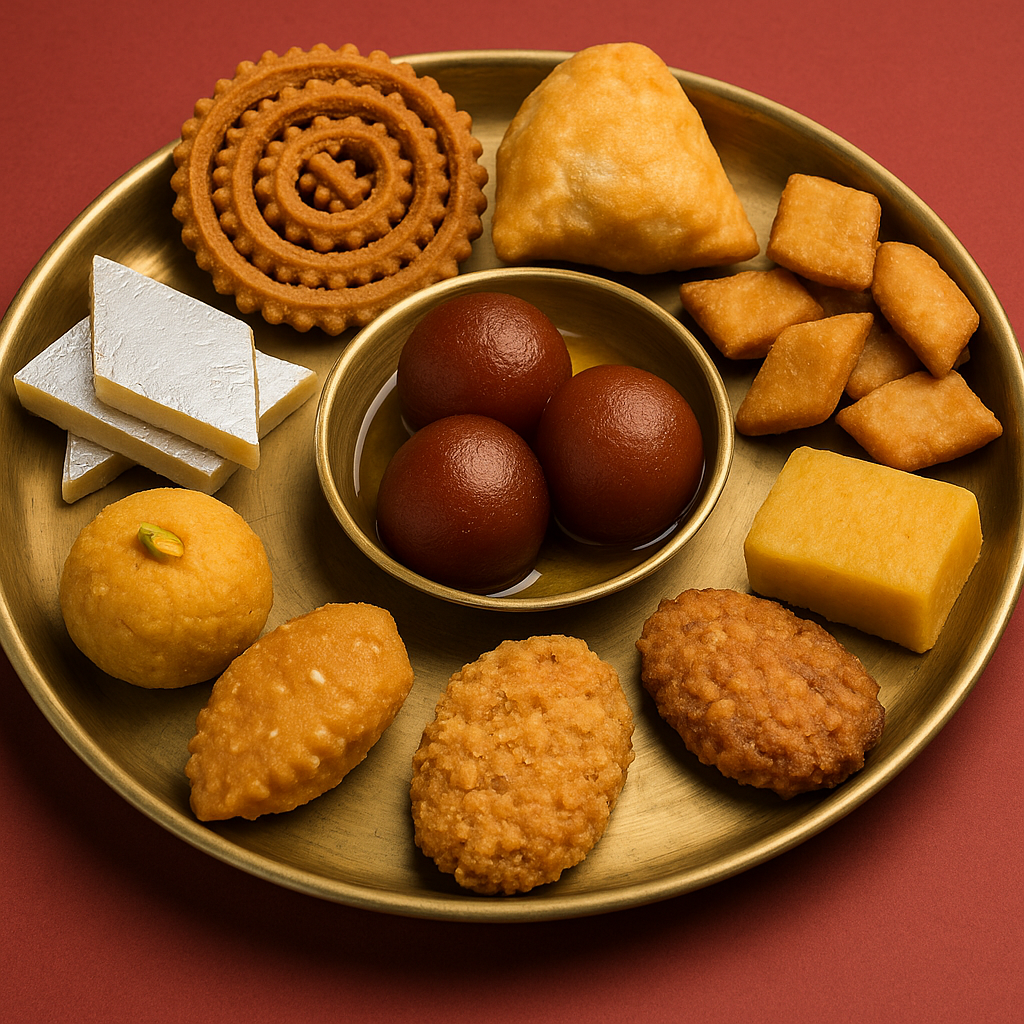
5. Rasgulla and Sandesh – Bengal’s Silken Offerings
Head east during Diwali, and you’ll find Bengal glowing not just with lamps, but with rasgulla and sandesh. These sweets define Bengali celebrations, where artistry meets simplicity.
Rasgulla — soft cheese balls floating in light sugar syrup — comes from freshly curdled milk. Cooks knead the chhena (paneer) till smooth, shape it into balls, and boil them in syrup till they turn spongy and delicate. One bite, and syrup bursts in your mouth like liquid sunlight.
Sandesh, on the other hand, stays lighter. It blends chhena with sugar and cardamom, shaped into flowers, shells, or leaves. In some homes, people stuff it with mango pulp or date jaggery for an extra touch of sweetness.
Both sweets symbolize purity and joy. They remind everyone that Diwali isn’t just about light — it’s also about the sweetness of beginnings.
6. Shankarpali – The Festive Crunch of Maharashtra
Walk into any Maharashtrian home during Diwali, and the aroma of shankarpali will greet you before anyone else does. These crispy diamond-shaped treats taste both sweet and slightly buttery, the perfect companion to a cup of chai.
Cooks make a dough from flour, ghee, sugar, and milk, then roll it thin and cut it into small pieces before frying them till golden. Once cooled, they turn irresistibly crunchy.
Every bite crackles like fireworks. Children munch them while helping decorate diyas, and elders offer them to guests with pride.
Shankarpali carries the flavor of home. It’s humble, simple, and timeless — the kind of snack that travels well and never loses its charm, even weeks later.
7. Samosa and Kachori – North India’s Spicy Companions
While sweets dominate Diwali platters, North India makes sure spice gets its due credit. Enter samosas and kachoris — the unbeatable festive snacks that fill every home with savory delight.
Samosas, with their crispy golden crusts, hide spiced potato fillings that smell like comfort itself. Families fry dozens in one go, stacking them high on trays. Guests never refuse one, especially when served with tangy tamarind chutney.
Kachoris, on the other hand, come stuffed with lentils, peas, or spicy gram flour. Rajasthan’s version, pyaaz kachori, oozes onion filling that can make anyone weak at the knees.
Together, these snacks balance the sweetness of Diwali. The crunch, the spice, and the warmth make them the heart of every festive gathering.
8. Mysore Pak – The Royal Treat of the South
From the royal kitchens of Mysore comes a sweet so rich that even time hasn’t dulled its glory — Mysore Pak. This legendary South Indian dessert melts like silk and shines like gold.
Chefs create it using just three ingredients: gram flour, sugar, and ghee. But the trick lies in timing. You must pour hot ghee into the mixture at just the right moment to achieve that signature crumbly-yet-smooth texture.
During Diwali, Mysore Pak reigns supreme across Karnataka and Tamil Nadu. People gift it in silver boxes, savor it with reverence, and whisper family secrets about the “perfect texture.”
Each bite carries the story of heritage — a reminder of royal feasts, temple offerings, and the deep-rooted pride of South Indian cooking.
9. Thekua – Bihar’s Sacred Sweet
If you visit Bihar during Diwali, especially during the Chhath Puja that follows, you’ll find households making thekua — a rustic, deep-fried cookie that symbolizes devotion.
Made with wheat flour, jaggery, and coconut, thekua tastes earthy and comforting. Cooks shape the dough into discs using carved wooden molds, imprinting beautiful patterns before frying them in ghee.
Unlike many sweets, thekua doesn’t rely on sugar syrup. Its sweetness comes naturally from jaggery, which lends it a rich caramel flavor.
Families prepare it in bulk, not just for themselves but to share with neighbors and offer to the Sun God. Every crunch feels like a piece of tradition passed down through generations — humble yet divine.
10. Panjiri – Punjab’s Nutrient-Packed Sweet
In the chilly evenings of North India, especially Punjab, families prepare panjiri to celebrate Diwali and nourish everyone through the season. This wholesome dish blurs the line between dessert and energy food.
Cooks roast whole-wheat flour in ghee until it turns fragrant and golden. Then, they mix in sugar, dry fruits, poppy seeds, and sometimes edible gum (gond). The result is a sweet, crumbly mixture that warms the body and delights the palate.
Panjiri isn’t flashy. It doesn’t sparkle with silver leaf or swim in syrup. But it carries a quiet power — the kind that reminds you that food isn’t just for celebration; it’s also for care. Mothers spoon it into bowls for their children, believing it strengthens the heart and spirit alike.
A Feast of Light and Love
Every dish on the Diwali table tells a story — of region, culture, and affection. Gulab jamuns melt into sweet nostalgia. Chaklis remind families of shared laughter. Thekua brings devotion to the forefront, and panjiri wraps you in warmth.
India’s diversity shines through its food. Each state celebrates Diwali differently, but together, these dishes form a united culinary melody — one that blends sweetness, spice, and memory.
When diyas flicker and fireworks bloom across the sky, these flavors bind generations. The act of cooking itself becomes sacred — mothers teaching daughters the right syrup consistency, fathers frying chaklis just right, and children sneaking sweets when no one’s watching.
Diwali is not just a festival of lights; it’s a festival of taste, togetherness, and timeless recipes. So this year, as you light your diyas and decorate your home, don’t forget to let your kitchen shine brightest of all. Because true celebration begins with food that carries love in every bite.
Bonus: How to Create a Perfect Diwali Platter
To capture the true spirit of Diwali, create a platter that blends sweet, spicy, and crunchy. Here’s how to balance it:
- Start sweet: Add kaju katli and besan ladoo for instant festive energy.
- Add crunch: Place chakli, shankarpali, and murukku for snacking between conversations.
- Bring comfort: Include one syrupy sweet like gulab jamun or rasgulla.
- Add spice: Keep samosas or kachoris to cut through the sweetness.
- Finish with tradition: Offer thekua or panjiri to honor the roots of Indian celebration.
Serve it all on brass or silver trays, surrounded by marigold petals. The sight, the smell, and the sound of laughter around it will remind you why Diwali remains India’s most cherished celebration.
Final Thought
Diwali food is more than just festive fare — it’s edible heritage. Every ingredient carries memory, every recipe carries emotion. When you bite into a ladoo or sip on chai with shankarpali, you aren’t just tasting sweetness; you’re tasting centuries of love, devotion, and shared joy.
So this Diwali, light your home with diyas — and your heart with flavor.
Also Read – 10 Amazing Things ChatGPT Can Do That Most People Don’t Know

